Here goes an example that uses MCMC techniques and a Bayesian mode of inference to estimate the posterior probability that a new observation falls in the interval (1:1.5). This is an unconditional estimate, as opposed to the conditional estimate obtained by integrating the gamma-distribution with maximum-likelihood parameter estimates.
This code requires that JAGS be installed on your computer (free and easy to install).
library(rjags)
a <- c(2.44121289,1.70292449,0.30550832,0.04332383,1.0553436,0.26912546,0.43590885,0.84514809,
0.36762336,0.94935435,1.30887437,1.08761895,0.66581035,0.83108270,1.7567334,1.00241339,
0.96263021,1.67488277,0.87400413,0.34639636,1.16804671,1.4182144,1.7378907,1.7462686,
1.7427784,0.8377457,0.1428738,0.71473956,0.8458882,0.2140742,0.9663167,0.7933085,
0.0475603,1.8657773,0.18307362,1.13519144)
# Specify the model in JAGS language using diffuse priors for shape and scale
sink("GammaModel.txt")
cat("model{
# Priors
shape ~ dgamma(.001,.001)
rate ~ dgamma(.001,.001)
# Model structure
for(i in 1:n){
a[i] ~ dgamma(shape, rate)
}
}
", fill=TRUE)
sink()
jags.data <- list(a=a, n=length(a))
# Give overdispersed initial values (not important for this simple model, but very important if running complicated models where you need to check convergence by monitoring multiple chains)
inits <- function(){list(shape=runif(1,0,10), rate=runif(1,0,10))}
# Specify which parameters to monitor
params <- c("shape", "rate")
# Set-up for MCMC run
nc <- 1 # number of chains
n.adapt <-1000 # number of adaptation steps
n.burn <- 1000 # number of burn-in steps
n.iter <- 500000 # number of posterior samples
thin <- 10 # thinning of posterior samples
# Running the model
gamma_mod <- jags.model('GammaModel.txt', data = jags.data, inits=inits, n.chains=nc, n.adapt=n.adapt)
update(gamma_mod, n.burn)
gamma_samples <- coda.samples(gamma_mod,params,n.iter=n.iter, thin=thin)
# Summarize the result
summary(gamma_samples)
# Compute improper (non-normalized) probability distribution for x
x <- rep(NA, 50000)
for(i in 1:50000){
x[i] <- rgamma(1, gamma_samples[[1]][i,1], rate = gamma_samples[[1]][i,2])
}
# Find which values of x fall in the desired range and normalize.
length(which(x>1 & x < 1.5))/length(x)
Answer:
Pr(1 < x <= 1.5) = 0.194
So pretty close to the conditional estimate, but this is not guaranteed to generally be the case.
